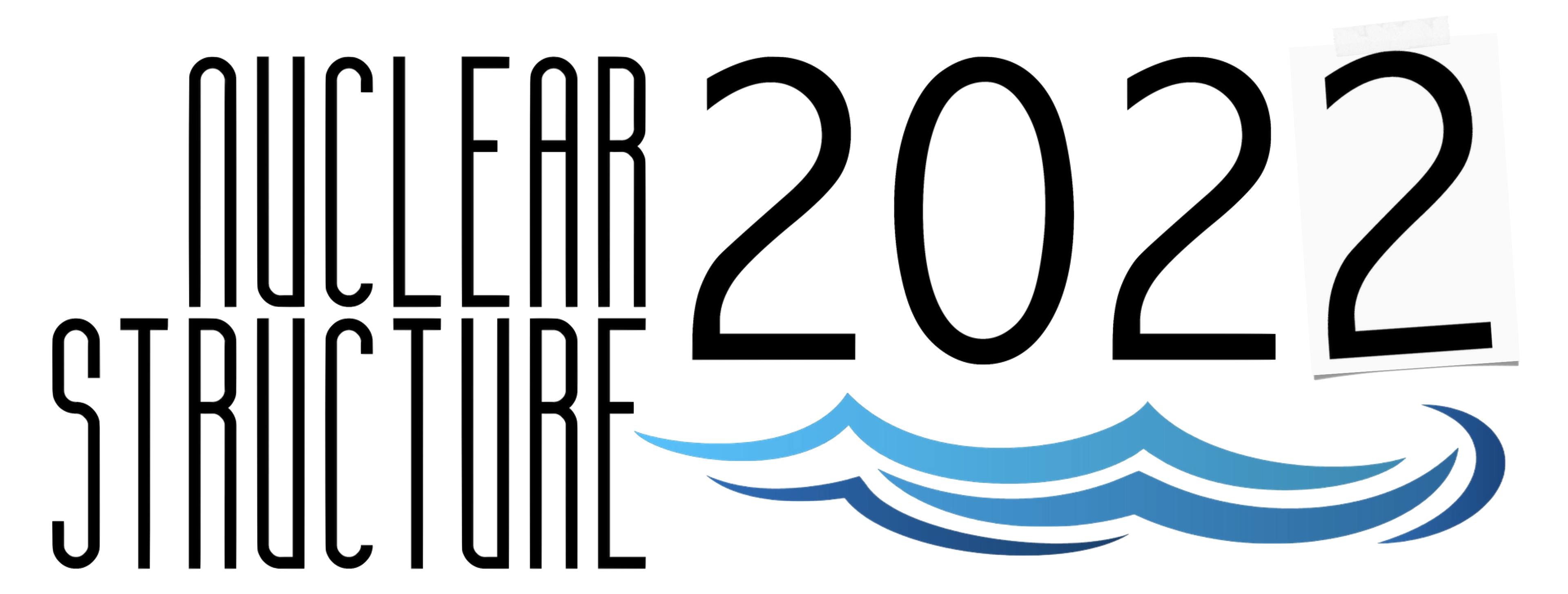Speaker
Description
Neutron-rich nuclei with mass around A=100 exhibit a rapid change of nuclear deformation. A sudden onset of deformation is observed for the Sr and Zr isotopes at neutron number N=60. For Mo and Ru isotopes the transition is more gradual and the shape becomes increasingly triaxial. Nuclear shapes in this wider mass region were studied by measuring lifetimes of excited states in an experiment at GANIL. Neutron-rich fission fragments were produced in fusion-fission reactions between a 238U beam at 6.2 MeV/u and a 9Be target. The fission fragments were identified in mass, charge, and atomic number in the magnetic spectrometer VAMOS on an event-by-event basis. The velocity of nuclei exiting the target foil was slowed down in a degrader that was mounted in a plunger device at variable distances from the target. The AGATA gamma-ray tracking array was used to measure picosecond lifetimes with the recoil-distance Doppler shift (RDDS) method. The setup furthermore comprised 24 LaBr3(Ce) detectors from the FATIMA array, which were employed to measure longer lifetimes using fast-timing techniques. The experiment produced a wide range of neutron-rich fission fragments, for which lifetimes could be measured under identical experimental conditions, and a large number of new lifetimes was determined. The VAMOS spectrometer not only provided identification of the fission fragments, but also yielded a precise measurement of their velocity. This was used to develop a new variant of the RDDS method, where gating on the velocity provides several data points for a single target-degrader distance.
An overview of the results will be presented, with emphasis on the chain of Ru isotopes. New lifetimes were measured for both odd and even-mass Ru isotopes. In case of 110Ru it was possible to measure lifetimes in both the ground-state band and the gamma band. The comparison of experimental results with the triaxial rotor model and with beyond-mean field calculations provides quantitative information on the degree of triaxiality.

